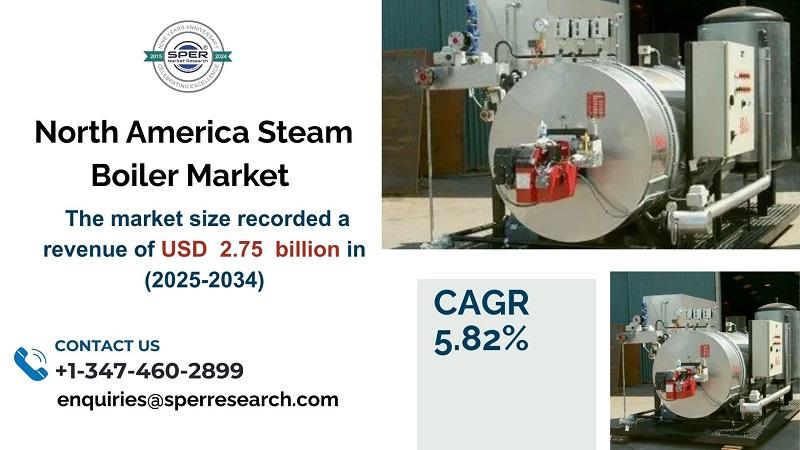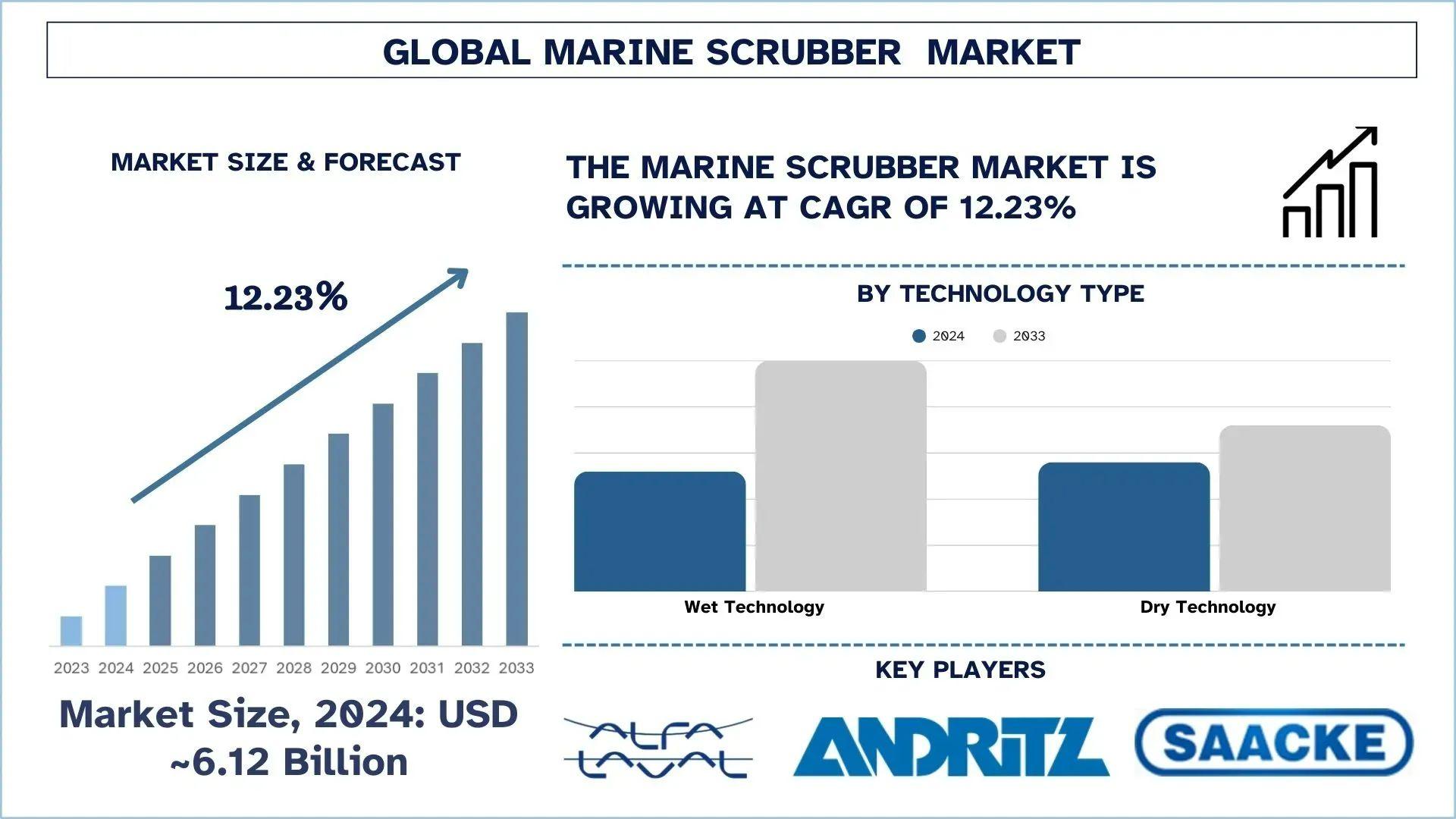إعلان مُمول
Why Become a Neurologist and What to Expect in Malaysia

The human brain, with its nearly 100 billion neurons and intricate web of connections, is often called the most complex structure in the known universe. To choose a career dedicated to understanding and healing this organ is to answer a unique calling—one that blends intellectual fascination with profound human compassion. In Malaysia, as the burden of neurological diseases rises, the role of the neurologist has never been more critical. This article explores the powerful motivations that drive individuals to pursue this demanding specialty and offers a transparent look at the financial remuneration a neurologist can expect in the Malaysian healthcare landscape.
The "Why": The Compelling Motivations to Become a Neurologist
The path to becoming a neurologist is long, arduous, and requires immense dedication. The reasons for embarking on this journey are as complex as the nervous system itself.
1. The Ultimate Diagnostic Challenge
For many, neurology is the quintessential field for medical detectives. Unlike other specialties where diagnoses can often be confirmed with a single blood test or scan, neurological conditions frequently present as a puzzle. A patient’s symptoms—a tremor, a memory lapse, a strange sensation—are clues. The neurologist must piece these together with a detailed history, a meticulous physical examination (the neurological exam), and targeted investigations to localize the lesion within the vast network of the nervous system. This process of deduction, of connecting the dots from symptom to syndrome to specific disease, provides an unparalleled intellectual thrill.
2. The Profound Doctor-Patient Relationship
Neurological conditions often strike at the very core of a person's identity—their ability to think, move, and interact with the world. Diseases like Parkinson's, Alzheimer's, Multiple Sclerosis, and ALS are frequently chronic and progressive. This reality forges a deep, long-term bond between the neurologist and the patient. The neurologist becomes a guide, a partner, and a source of support throughout the patient's journey. The ability to make a profound difference in the quality of a patient's life, even when a cure is not possible, is a powerful and humbling motivator.
3. The Frontier of Medical Innovation
Neurology is a field undergoing a revolutionary transformation. The last decade has seen an explosion of new therapies. From powerful disease-modifying drugs for Multiple Sclerosis and novel anticoagulants that prevent strokes, to advanced interventions like mechanical thrombectomy for acute stroke and deep brain stimulation for Parkinson's disease, the tools available are expanding rapidly. For a neurologist, this means practicing at the cutting edge of science, constantly learning, and offering patients hope where little existed before.
4. The Diversity of the Discipline
Neurology is far from monolithic. It offers a variety of sub-specialties that allow a doctor to tailor their career to their passions. One can become a:
-
Stroke Neurologist: A frontline specialist in saving brain tissue during a crisis.
-
Epileptologist: An expert in managing complex seizure disorders.
-
Movement Disorder Specialist: Focusing on conditions like Parkinson's and Huntington's disease.
-
Neuroimmunologist: Treating conditions where the immune system attacks the nervous system.
-
Headache Specialist: Providing relief for those with debilitating migraines.
This diversity ensures a career that remains challenging and engaging for a lifetime.
The "How Much": Financial Compensation for Neurologists in Malaysia
The financial reward for this year-long investment in training is significant, though it varies substantially between the public and private sectors.
The Training Pathway and Its Investment
Becoming a neurologist in Malaysia requires:
-
5-6 years: Bachelor of Medicine and Bachelor of Surgery (MBBS) degree.
-
2-3 years: Housemanship (medical officer) training.
-
4 years: Master of Medicine in Neurology specialist training programme, culminating in becoming a Registered Neurologist.
This represents over a decade of rigorous training and delayed financial earning potential.
Public Sector Salary
In the public healthcare system, neurologists are employed by the Ministry of Health, and their salary follows the UD/UDC (Ubah Dasar/Cara) scheme for medical specialists.
-
Starting Salary for a Specialist (UD43): A newly qualified neurologist can expect a basic salary starting from approximately RM5,000 to RM7,000 per month.
-
With Allowances: With various on-call, housing, and critical specialist allowances, the total monthly take-home pay can range from RM10,000 to RM15,000+ for a junior specialist.
-
Senior Consultants (UD54 and above): With seniority, promotions, and years of service, a senior consultant neurologist in a public hospital can earn a total monthly package of RM20,000 to RM30,000 or more. This system offers excellent job security, a government pension, and the profound satisfaction of serving the broader population.
Private Sector Salary
The earning potential in the private sector is considerably higher and is often tied to experience, reputation, and patient volume.
-
Junior Consultant: A neurologist starting in a private hospital might earn a base salary ranging from RM25,000 to RM40,000 per month.
-
Established Senior Consultant: A well-established neurologist with a strong reputation and a busy practice can earn significantly more. Their income can range from RM50,000 to well over RM100,000 per month, especially if they have a sub-specialty expertise that is in high demand. This income may be a combination of a base salary, a share of consultation fees, and a percentage of procedure revenues.
In conclusion, the decision to become a neurologist in Malaysia is a commitment to a life of continuous learning, diagnostic intrigue, and deep patient connection. While the financial rewards, particularly in the private sector, are substantial and reflect the high level of expertise required, they are often a secondary consideration to the primary drive: the passion for unraveling the mysteries of the brain and alleviating human suffering at its most fundamental level.
Frequently Asked Questions (FAQs)
1. Is there a high demand for neurologists in Malaysia?
Yes, the demand is high and growing. Malaysia faces an increasing burden of neurological conditions due to an aging population and the high prevalence of risk factors like hypertension and diabetes, which lead to strokes and vascular dementia. The ratio of neurologists to the population, while improving, is still lower than in many developed nations, creating significant opportunities for newly qualified specialists.
2. What is the most challenging part of being a neurologist?
Many neurologists cite the emotional weight of managing incurable, progressive diseases as the greatest challenge. Delivering a diagnosis of a condition like Motor Neuron Disease (MND) or a rapidly progressing dementia is profoundly difficult. Balancing hope with honesty and managing patient and family expectations over a long and difficult journey requires immense emotional resilience.
3. How does a neurologist's salary in Malaysia compare to other medical specialties?
Neurology is considered one of the higher-paying medical specialties, on par with other "cognitive" specialties like cardiology and gastroenterology. It typically offers higher financial compensation than general internal medicine or paediatrics. Still, it may be lower than some procedural-driven surgical specialties like neurosurgery or orthopaedic surgery, especially in the private sector. However, it offers a better work-life balance than many surgical fields.
4. What personality traits make a good neurologist?
Key traits include:
-
Intellectual Curiosity: A love for problem-solving and continuous learning.
-
Patience and Meticulousness: The diagnostic process can be slow and requires incredible attention to detail.
-
Empathy and Strong Communication Skills: The ability to explain complex conditions clearly and support patients through life-altering diagnoses is non-negotiable.
-
Resilience: The emotional fortitude to handle challenging cases and outcomes.
5. Can a neurologist have a good work-life balance?
This is highly variable. In the public sector, while on-call duties can be demanding, the hours are generally more structured. In the private sector, building a practice can initially require very long hours, but established consultants often have more control over their schedules. While emergencies like strokes can disrupt any sense of routine, neurology often offers a better balance than surgical specialties known for their unpredictable and long hours in the operating theatre.
إعلان مُمول
إعلان مُمول
إعلان مُمول
الأقسام
إقرأ المزيد
In today’s fast-paced world of manufacturing and logistics, automation isn’t just a luxury—it’s a necessity. And leading this revolution is the growing wave of China industrial robot innovation, offering cost-effective, high-precision, and scalable solutions to industries across the globe. As companies strive for smarter, more agile production lines, the demand...

🌐 CLICK HERE 🟢==►► WATCH NOW 🔴 CLICK HERE 🌐==►► Download Now https://***.my.id/watch-streaming/?video=full-video-paro-aarti-full-16-menit-***-***-video-original
A steam boiler is a type of heating appliance that generates heat using a variety of fuels. The core principle of a steam boiler comprises a heat source alongside a heat transfer medium, typically a heat exchanger, which enables water to achieve its boiling point. Ongoing innovations in boiler design that support the use of natural gas, shale gas, and electricity as main fuel sources are likely...

According to the UnivDatos, increasing maritime trade, stringent regulations, and growing technological advancements drive the Marine scrubber market. As per their “Marine scrubber Market” report, the global market was valued at USD 6.12 billion in 2024, growing at a CAGR of about 12.23% during the forecast period from 2025 - 2033 to reach USD billion by 2033. The marine scrubber...

The global text-to-speech market size, valued at approximately USD 3.45 billion in 2024, is set to experience remarkable growth over the next decade. With advancements in artificial intelligence (AI), machine learning, and natural language processing (NLP), the text-to-speech industry is projected to grow at a compound annual growth rate (CAGR) of 23.3% from 2025 to 2034, potentially reaching a...



